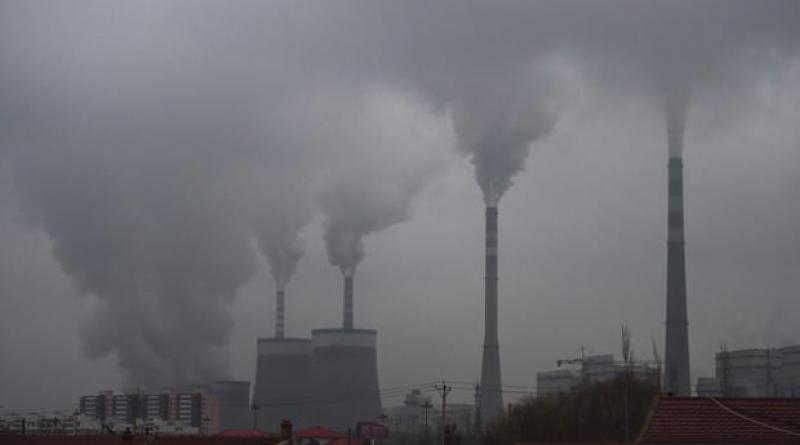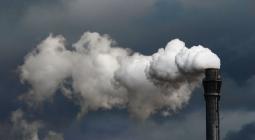Climate crisis: CO2 hits new record despite Covid-19 lockdowns.

Drop in emissions this year is a ‘tiny blip’ in buildup of greenhouse gases, UN agency says.
Climate-heating gases have reached record levels in the atmosphere despite the global lockdowns caused by the coronavirus pandemic, the UN’s World Meteorological Organization has said.
There is estimated to have been a cut in emissions of between 4.2% and 7.5% in 2020 due to the shutdown of travel and other activities. But the WMO said this was a “tiny blip” in the continuous buildup of greenhouse gases in the air caused by human activities, and less than the natural variation seen year to year.

The WMO report said the monthly average CO2 for September at the benchmark station of Mauna Loa in Hawaii was 411.3ppm, up from 408.5ppm in September 2019. The same was seen at Cape Grim in Tasmania, Australia, with a rise to 410.8ppm from 408.6ppm in 2019.
It said there had been a “growth spurt” in the average CO2 level for the whole of 2019, rising by more than the average rate over the last decade. The data shows action to cut emissions is currently far from what is needed to avoid the worst impacts of the climate emergency.
Scientists calculate that emissions must fall by half by 2030 to give a good chance of limiting global heating to 1.5C, beyond which hundreds of millions of people will face more heatwaves, droughts, floods and poverty. Nations had pledged to ramp up their emissions cuts at a UN summit in Glasgow this month but the meeting has been postponed by a year due to Covid-19.
“The lockdown-related fall in emissions is just a tiny blip on the long-term graph. We need a sustained flattening of the curve,” said Petteri Taalas, the WMO secretary-general. “We breached the global [annual] threshold of 400ppm in 2015 and, just four years later, we have crossed 410ppm. Such a rate of increase has never been seen in the history of our records.
“CO2 remains in the atmosphere for centuries. The last time the Earth experienced a comparable concentration was 3m-5m years ago, when the temperature was 2-3C warmer and sea level was 10-20 metres higher than now. But there weren’t 7.7 billion [human] inhabitants.”
The WMO Greenhouse Gas Bulletin, published on Monday, shows CO2 in the atmosphere is now 50% higher than in 1750, before the Industrial Revolution. CO2 traps two-thirds of the heat retained on the Earth’s surface by greenhouse gases, and this warming effect has increased by 45% since 1990.
Methane, which is produced by cattle, rice paddies and fossil fuel exploitation, is responsible for 17% of the heating effect. Its concentration is now two-and-a-half times pre-industrial levels. Another important greenhouse gas is nitrous oxide, which comes from overuse of farm fertiliser and forest burning. It is now 23% higher than in 1750.
The greenhouse gas data is collected by the Global Atmosphere Watch network, which includes stations in the Arctic, high mountains and tropical islands. These have continued to operate despite Covid-19 restrictions hampering resupplies and rotation of staff in often harsh and isolated locations.
Talaas said a “complete transformation of our industrial, energy and transport systems” was needed. “The changes are economically affordable and technically possible and would affect our everyday life only marginally,” he said. “It is welcome that a growing number of countries and companies have committed themselves to carbon neutrality. There is no time to lose.”
23 November 2020
The Guardian





